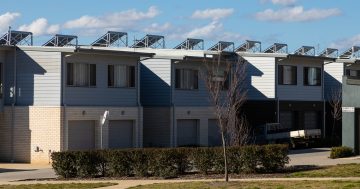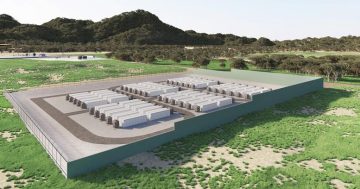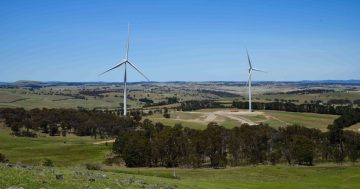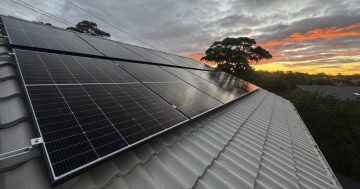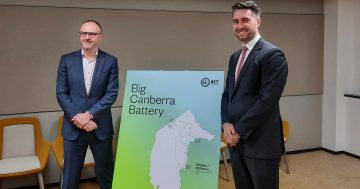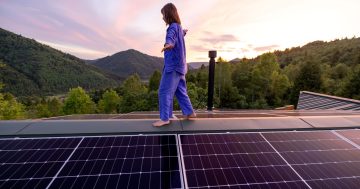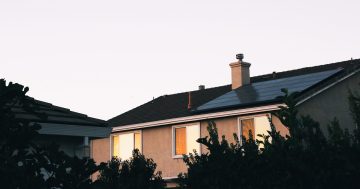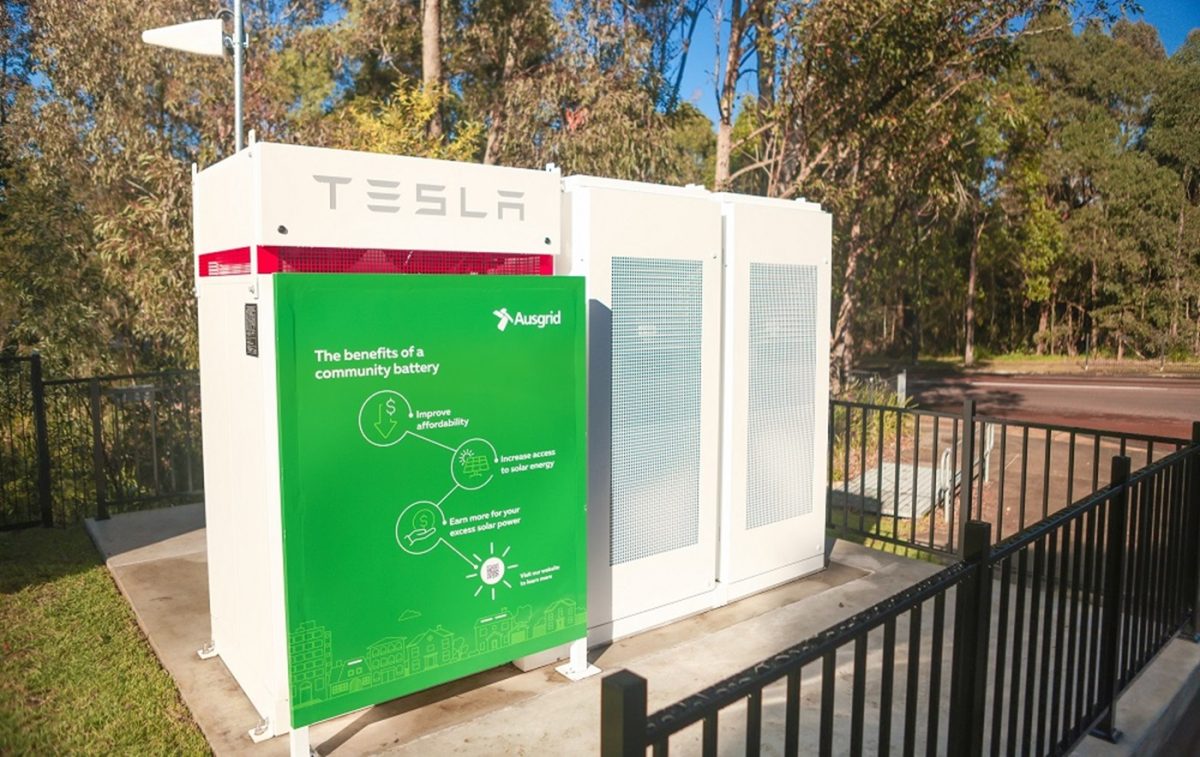
The community batteries are about the size of a small van and can deliver up to 160 kW of power. Photo: DEECCW.
Canberrans will soon be able to draw on stored electricity generated by solar panels thanks to a $1.5 million Federal Government grant to install three community batteries in the capital.
The batteries are about the size of a small van and can produce up to 160 kilowatts of power and store up to 400 kilowatt hours of energy. By April 2025, the ACT Government and energy provider Evoenergy will install them in the suburbs of Dickson in the inner north, Casey in Gungahlin and Fadden in Tuggeranong.
The grant is part of the Federal Government’s Community Batteries for Household Solar program. The program is designed to lower electricity bills, support more homeowners to install rooftop solar, allow households who cannot install solar panels to access renewable energy, reduce pressure on the electricity grid, absorb excess energy that might cause voltage spikes in the electricity grid and lower emissions.
Federal Minister for Climate Change and Energy Chris Bowen said delivering battery storage enables households to reliably access the cost-of-living relief offered by solar.
“We committed to deploy 400 community batteries to help households access cheaper, cleaner energy, and that’s exactly what we’re doing,” he said.
ACT Chief Minister and Minister for Climate Action Andrew Barr said the batteries will increase storage capacity in the electricity network and allow more households to connect rooftop solar.
“The ACT continues to lead the nation on climate action, with battery storage technology a critical component of our net-zero emissions future,” he said.
“Since 2020, 100 per cent of electricity in the ACT has come from renewable sources, and initiatives like community batteries prove the viability of local renewable energy generation and storage in supporting a robust, affordable and sustainable energy grid.”
The $200 million Community Batteries for Household Solar program will provide shared storage for up to 100,000 households, allowing stored excess solar energy to be used during peak times.
Federal Assistant Climate Change and Energy Minister Andrew Leigh said community batteries spark a powerful connection between sustainable power and social capital.
“With their capacity to store clean electricity, community batteries generate a positive charge, powering not just devices but also the spirit of cooperation,” he said.
“They’re a shining example of how a shared spark can power up an entire neighbourhood, electrifying the community.”












